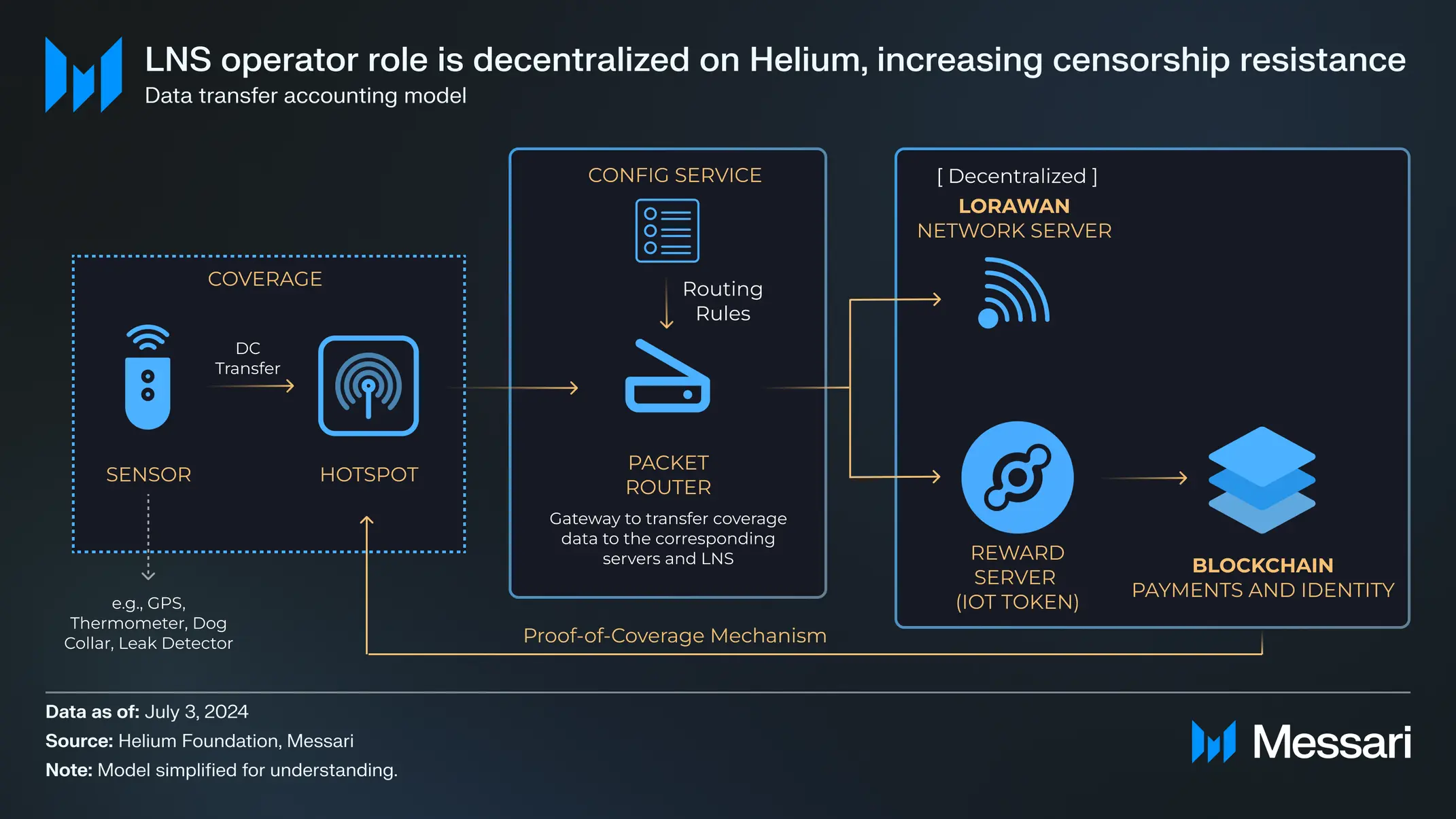In today’s interconnected world, cybersecurity attacks have become an increasingly pressing concern. These attacks can have devastating consequences for individuals, businesses, and governments, ranging from financial loss to reputational damage and even disruptions to critical infrastructure.
Common Types of Cybersecurity Attacks
- Malware: Malicious software designed to harm computers, networks, or data. Examples include viruses, worms, trojans, ransomware, and spyware.
- Phishing: Attempts to deceive individuals into revealing sensitive information, such as passwords or credit card details.
- Denial-of-Service (DoS) Attacks: Overwhelming a system or network with traffic, preventing legitimate users from accessing it.
- SQL Injection Attacks: Exploiting vulnerabilities in web applications to gain unauthorized access to databases.
- Social Engineering: Manipulating people into performing actions or divulging confidential information.
- Supply Chain Attacks: Targeting third-party vendors or suppliers to gain access to a larger organization’s systems.
The Impact of Cybersecurity Attacks
- Financial Loss: Cyberattacks can result in significant financial losses due to theft, fraud, and operational disruptions.
- Reputational Damage: Breaches of security can damage an organization’s reputation, leading to loss of customer trust and business.
- Disruption of Critical Services: Attacks on critical infrastructure, such as healthcare systems or power grids, can have severe consequences for society.
- Data Theft and Privacy Violations: Sensitive personal and corporate data can be stolen, leading to identity theft, privacy breaches, and regulatory fines.
Prevention and Mitigation Strategies
- Strong Security Measures: Implement robust security measures, including firewalls, intrusion detection systems, and encryption.
- Employee Training: Educate employees about cybersecurity best practices to prevent phishing attacks and other social engineering tactics.
- Regular Updates: Keep software and systems up-to-date with the latest security patches.
- Incident Response Plan: Develop a comprehensive incident response plan to address security breaches effectively.
- Backup and Recovery: Regularly back up important data and have a disaster recovery plan in place.
As the threat of cybersecurity attacks continues to evolve, it is essential for individuals and organizations to stay informed and proactive in their efforts to protect themselves. By understanding the risks and implementing effective security measures, we can mitigate the impact of these attacks and safeguard our digital world.


